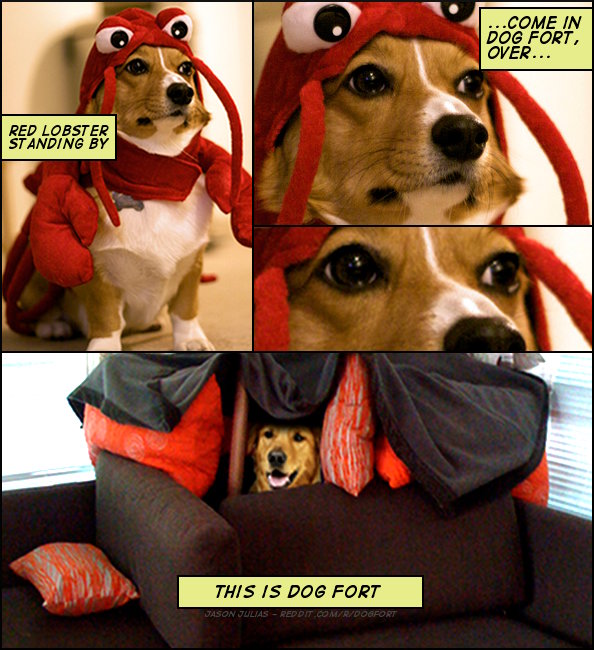Dog Fort
Quick Start
Install node.
lein new dogfort my-project
cd my-project
lein npm install
lein build
then in another terminal
cd my-project
node main.js
For easy development install supervisor
npm install supervisor -g
cd my-project
supervisor main.js
Supervisor will restart the node.process whenever you make changes.
Usage
Dog Fort uses Ring's concept of handlers and adapters, the only difference being that the handler should return a promise of a response structure, not the response itself, due to the asynchronous nature of Node. See Red Lobster for documentation on promises.
(ns user
(:use [dogfort.http :only [run-http]])
(:require [redlobster.promise :as p]))
(defn handler [request]
(p/promise {:status 200
:headers {:content-type "text/html"}
:body "<h1>This is Dog Fort</h1>"}))
(run-http handler {:port 1337})The body of a response can also be a Node stream. Here's an example
that serves a file directly from the file system using a Node Stream
object.
(ns user
(:use [dogfort.http :only [run-http]])
(:require [redlobster.stream :as stream]
[redlobster.promise :as p])
(defn handler [request]
(p/promise {:status 200
:headers {:content-type "text/plain"}
:body (stream/slurp "README.md")}))
(run-http handler {:port 1337})Routing
Dog Fort includes a request routing mechanism heavily inspired by
Compojure. It introduces
the defroutes macro for building handlers with routing.
(ns user
(:use [dogfort.http :only [run-http]])
(:require [dogfort.middleware.routing])
(:use-macros [dogfort.middleware.routing-macros :only [defroutes GET]]))
(defroutes app
(GET "/hello/:name" [name]
["<h1>Hello " name "!</h1>"]))
(run-http app {:port 1337})The defroutes macro takes a symbol name, and a series of sub-handler
definitions, which are created using the GET macro and its
corresponding macros for other request methods: POST, HEAD, etc.
This macro takes a path expression in the Rails style, a vector of variable bindings that should match the variables used in the path expression, and a series of forms constituting the handler's body, and should return a response as usual.
Notice, however, that routing sub-handlers don't need to return a
promise. For convenience, you can also return a response map directly,
or dispense with the map altogether and just return the response body,
either as a string, a sequence or a Node Stream object. The routing
middleware will automatically wrap it as appropriate, defaulting to a
Content-Type of text/html if you only provide the body. Note that
if you need to perform asynchronous calls, you will still have to
return a promise and realise it to a response map as usual.
License
Copyright 2012 Bodil Stokke and Matthew Molloy
Licensed under the Apache License, Version 2.0 (the "License"); you may not use this file except in compliance with the License. You may obtain a copy of the License at http://www.apache.org/licenses/LICENSE-2.0.
Unless required by applicable law or agreed to in writing, software distributed under the License is distributed on an "AS IS" BASIS, WITHOUT WARRANTIES OR CONDITIONS OF ANY KIND, either express or implied. See the License for the specific language governing permissions and limitations under the License.
